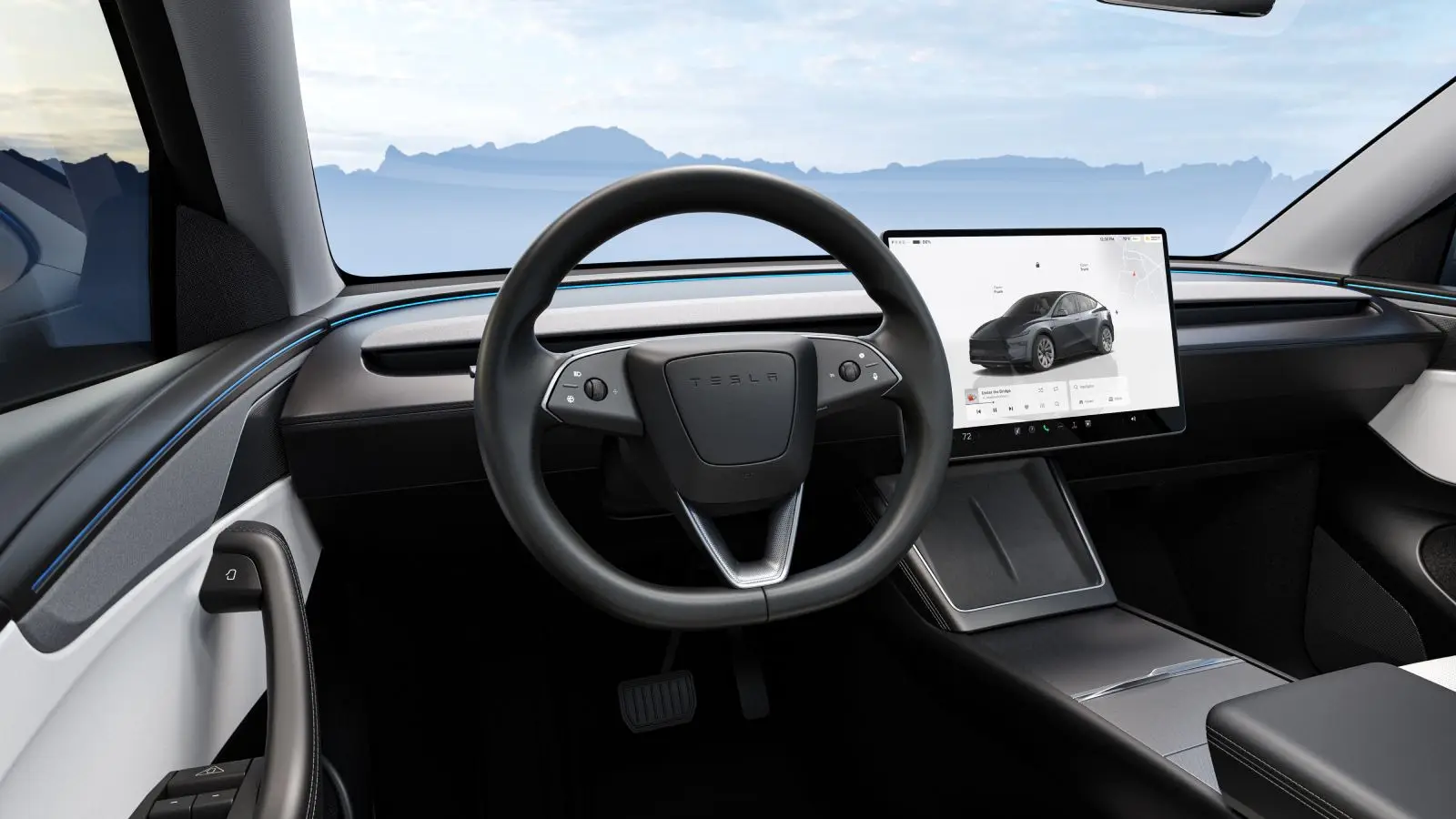Articles
How Car Steering Wheels Evolved from Giant Rims to Modern Yokes

Explore the journey of car steering wheels from early 1900s wooden designs to today’s Tesla Yoke and Lexus steer-by-wire systems, tracing safety, design, and innovation milestones.
In the earliest days of motoring, drivers twisted oversized “wagon wheels” nearly resembling ship’s helms — a necessary compromise. Without hydraulic or electric assist, a smaller wheel simply couldn’t muster enough leverage. But time marches on, technology advances — and that steering wheel has journeyed so far that the modern “yoke” designs from Tesla or Lexus feel less alien when seen in historical context.
Back in the late 19th and early 20th centuries, automobiles were steered through levers and tillers. The adoption of a circular wheel by Alfred Vacheron on the Panhard in the 1894 Paris–Rouen race became the pivot point toward standardizing wheel steering. By the turn of the century, the steering wheel was firmly entrenched.
Through the early 20th century, wheels were enormous: wood and metal rims, thick spokes — all to deliver the torque required in a totally mechanical system. The arrival of hydraulic and electric assist allowed wheel diameters to shrink, accompanied by more ergonomic shapes.
The advent of airbags and multifunction buttons marked another shift. Steering wheels transformed into hubs of control — for multimedia, ADAS, and connectivity. The airbag module forced redesigns of the hub and spokes; engineers explored thicker rims, finger grooves, and even flat bottoms in sport variants.
Yet the biggest shift lately is the outright abandonment of a full circular ring. Tesla is front-and-center in that narrative. In 2024, the company updated the Yoke, adding a physical horn button and refining build quality. But by 2025, many outlets report that Yoke has been removed from standard configurations of the Model S and X, reserved only for Plaid versions. Tesla offers both retrofit paths — round wheel to Yoke and vice versa — officially via its store.
While Tesla still relies on a mechanical steering column (i.e. a physical linkage), Lexus has opted for a different route: One Motion Grip is a full steer-by-wire system. The butterfly-style yoke comes with a limited turning range and configurable ratio, designed not for sweeping hand motion but for controlled nuance. Lexus’s own materials place the launch of this option in 2025, especially on the RZ line.
So why these diverging paths? The answer lies in the nature of the technology. Tesla is tethered to mechanical linkage constraints, so its Yoke is a design compromise — one that draws critical attention over ergonomic issues in aggressive maneuvers. Lexus, unbound by those constraints, crafts its yoke for a system where angle, torque feedback, and ratio are programmable.
U.S. regulatory frameworks (FMVSS / NHTSA) define safety boundaries — column crush behavior, minimal strength and force thresholds — but they do not dictate the shape of the rim itself. That allows room for designers and engineers to innovate: what matters is performance, not appearance.
And design trends in 2024–2025 push back against extreme minimalism: physical controls are making a return, even after a wave of touchscreen-centric dashboards. BMW, Volkswagen, and others are reintroducing tactile controls in the cabin and on the wheel, while sport models still favor flat-bottom shapes. Minimalism doesn’t mean emptiness — rather, better distribution and smarter design.
On the aftermarket front, Tesla's official retrofit options are telling. With Yoke disappearing from standard configurations of the Model S/X in 2025, many owners may view retrofits as a path to preserve their preferred interface.
2025 reviews and user coverage often highlight the contentious aspects of the Yoke: awkward angles, frequent hand adjustments in tight turns, and compromised usability. Yet for those drawn to a minimalist aesthetic, the Yoke still represents technological boldness.
When stacked side by side: classic “wagon wheels” won through brute physical leverage—they were tools of motion in a mechanical world. Modern yokes and wheels seek to bundle control, assistance systems, and user interfaces into compact packages. Tesla and Lexus show us that the future need not be singular: adaptive control within mechanical limits (Yoke) or full digital transformation (steer-by-wire).
What lies ahead? The wheel is becoming an HMI device — a hybrid of hardware and software. As autonomy grows, some controls may shift into software layers, and physical form may fade in relevance. But that road won’t be smooth: even modest innovations like Yoke and OMG stir debate. That’s what makes the next evolution of steering all the more intriguing.
2025, Oct 14 14:38


